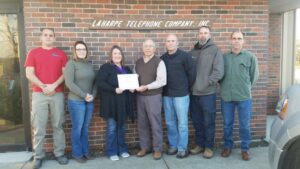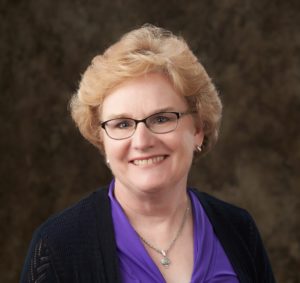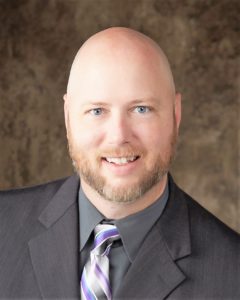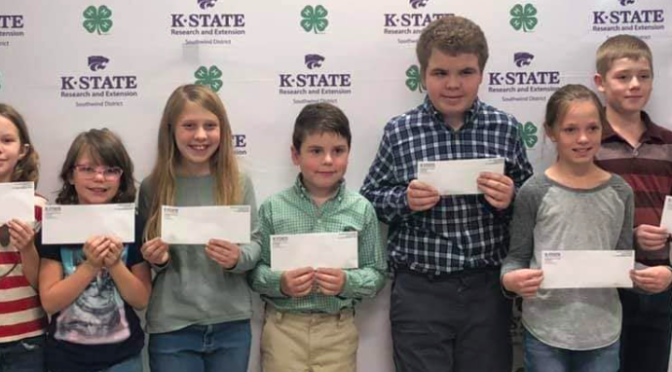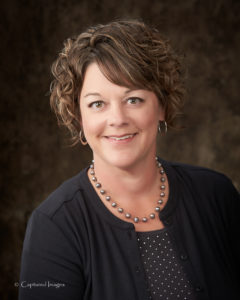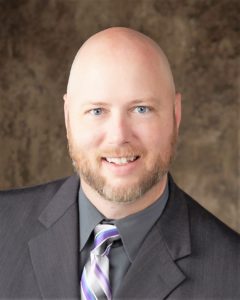
A cow’s body conditions affects cold stress.
According to Mary Drewnoski, University of Nebraska Beef Systems Specialist, cold stress increases a cow’s energy requirement and can pull down her body condition. We think many cow/calf producers will experience this issue this winter. While we don’t know what mother, nature has in store for us this year, it is good to think ahead and have a plan. A good start is to evaluate body condition score (BCS) now, and if cows are not at a 5 to 5.5 body condition score, then taking steps to improve body condition score before cold weather hits can help reduce the impacts of cold weather on the cows. Your local extension agricultural agent can assist you determining the body condition score of your cattle if needed.
The threshold at which cattle have to start using energy to maintain their body temperature is called the lower critical temperature (LCT). Cows in good condition which have a heavy winter coat that is dry, do not need to use extra energy to maintain body temperature until the wind chill index is below 19°F.
Having cows in good body condition is a risk management strategy and affects the lower critical temperature. A thin cow with a body condition score of 4 and a dry winter coat has a lower critical temperature of 27°F versus the 19°F of a cow in body condition score 5. Getting cows into good condition early in the winter can be useful for managing risk of bad weather, in that they have condition they can lose, but also because cows with higher body condition score will lose less than those with lower body condition. Additionally, a practical management strategy may be to consider putting thin cows in a group with your first calf heifers as both have higher energy requirements in the winter, which can allow for strategic supplementation of extra feed.
It is also important to understand that a wet hair coat is a completely different ball game. A wet coat increases the lower critical temperature of a cow in good condition to 53°F. Thus, anytime a cow’s coat is wet in the winter they will be using more energy to maintain body temperature. Therefore, in winters with more precipitation, especially freezing rain, we often see much greater decreases in body condition score.
By providing wind protection, you can decrease energy needs by removing wind as a negative factor. If cows have protection from wind, the ambient temperature can be used to determine energy needs. Providing wind protection in the winter can be huge for reducing supplementation needs due to cold wind chills.
It is not advisable to change rations daily, but for extended cold or wet periods, consider feeding more of the same ration, if cattle can eat more of the typical ration. If not, then providing an energy supplement is a good idea. When feeding lower quality hay, dormant range or corn stalks, additional feed will be needed. One option is to change to feeding a higher quality hay source, if available. Free choice really high-quality hay can work down to temperatures of -15°F for cows in good body condition with dry hair or 19°F with good body condition and wet hair. Only by forage testing can you determine actual nutritional value, see your extension office for more information about forage testing.
If cows are grazing, then supplementation with a high energy feed may be desirable. While corn can be used to provide more energy, it comes with risk. Feeding more than 2 to 3 pounds per animal per day can decrease forage digestion, and upset stomachs, especially if the forage is lower in protein. This means that one could make up the difference of about 15°F between the lower critical temperature of the cow and the wind chill index temperature. For a cow in body condition score of 5 with a dry coat, corn supplementation would cover the increased energy requirement down to 5°F, or for a cow with a wet hair coat only to about 38°F. If using corn, it should be fed daily, starting with a low amount, and slowly increased over time.
Distillers grains are another option. Distillers is a good source of energy, it has more energy than corn, and because it is high in protein, it does not cause as much of a substitution effect (will not decrease intake of the forage much) Limitations on the amount of distillers that could be fed would be more based on budgetary concerns than digestive effects.
When wind chill temperatures are extremely cold or the cow has a wet hair coat, a lot of supplement would be needed to make up the greater energy needs and maintain body condition. For instance, if the wind chill was -10°F and the cows had a wet hair coat, 8.6 pounds of dry distillers would be needed to account for the increased energy requirement. However, feeding these levels is likely impractical. A better approach would be to provide a smaller amount of supplemental feed and to continue to feed the extra feed after the weather has moderated to allow cows to regain energy lost during the storm.
It is also important to remember that milking cows have a much greater energy requirement than pregnant cows, not yet milking. Given this, the combination of cold stress and lactation can pull down body condition score very quickly. Thus, if lactating (milking) cows are also subjected to cold stress, increasing their energy intake prior to observing noticeable loss of body condition is advisable. For questions on body condition scoring, lower critical temperature, or supplemental feeding, contact your local extension office.



